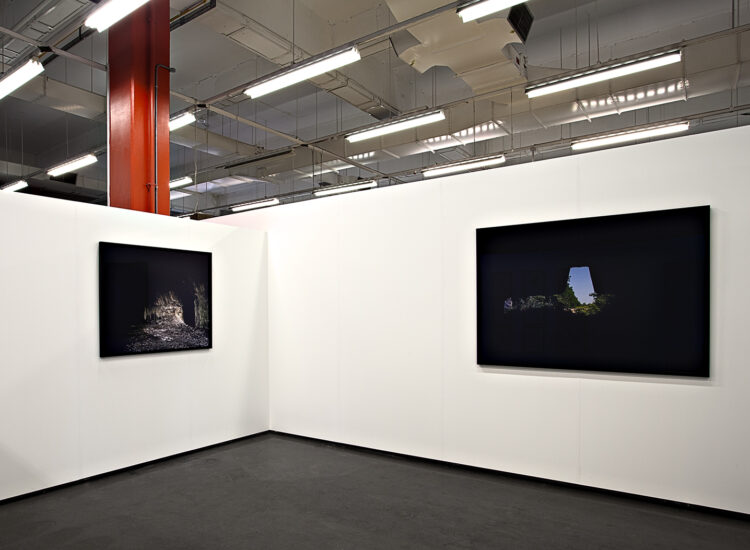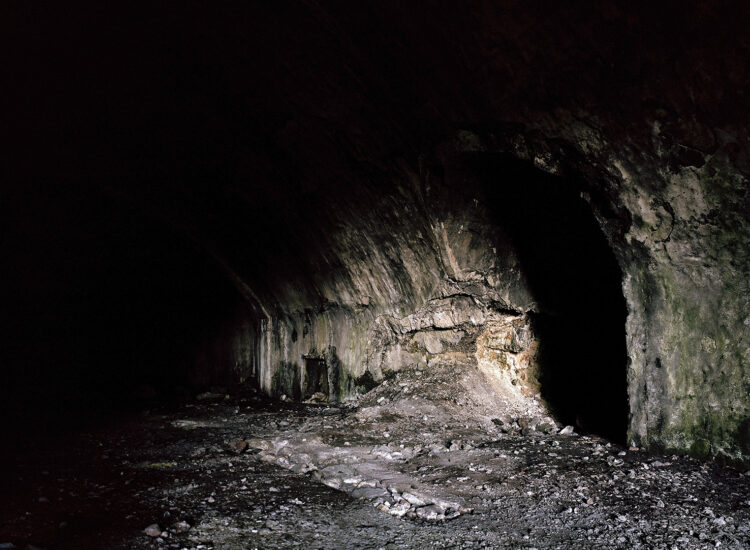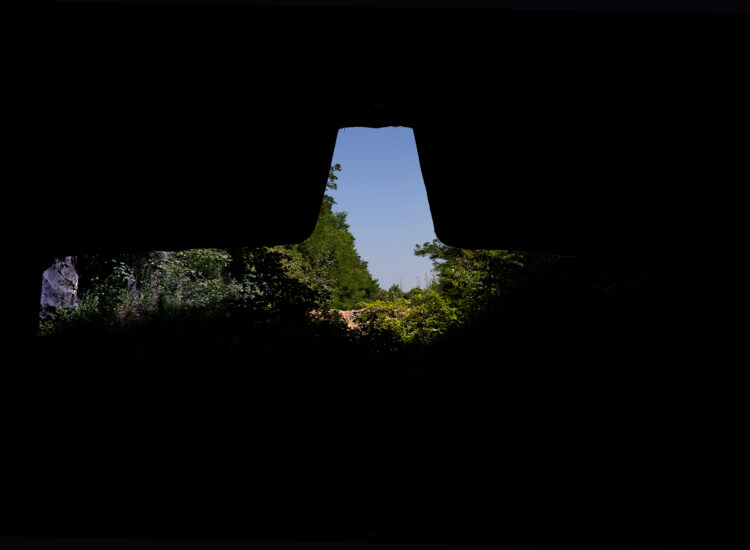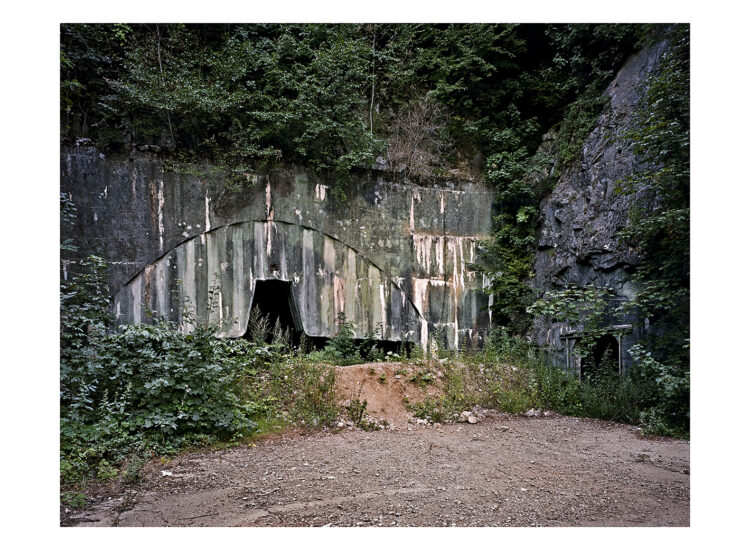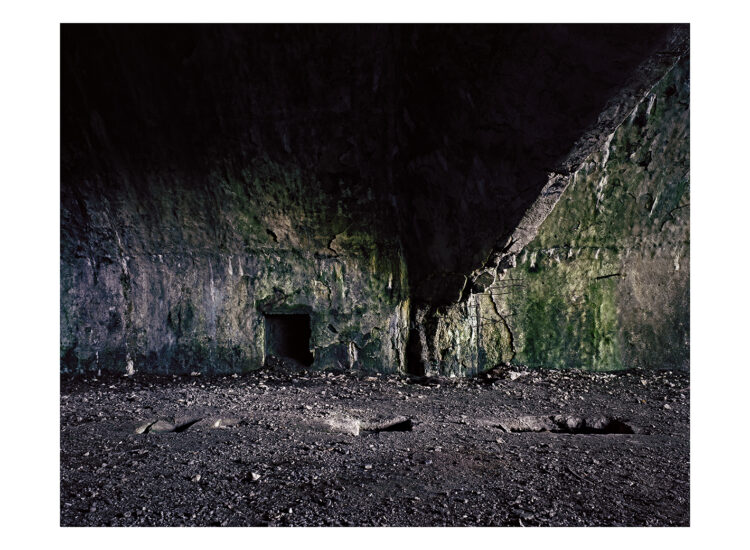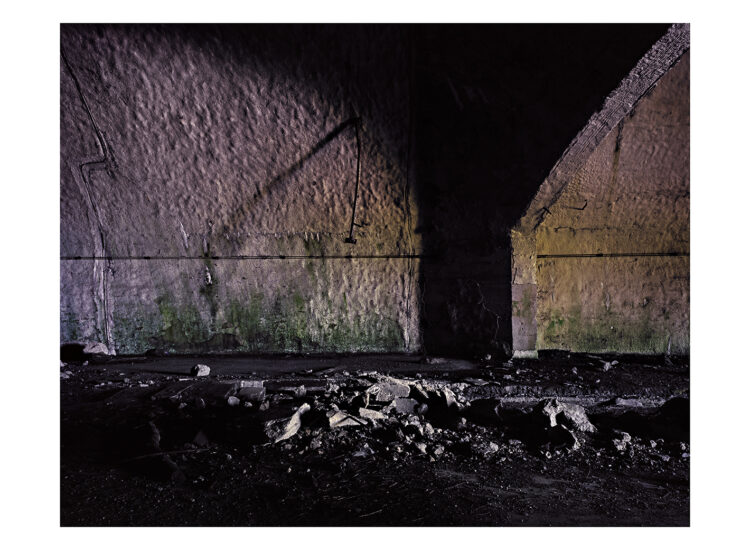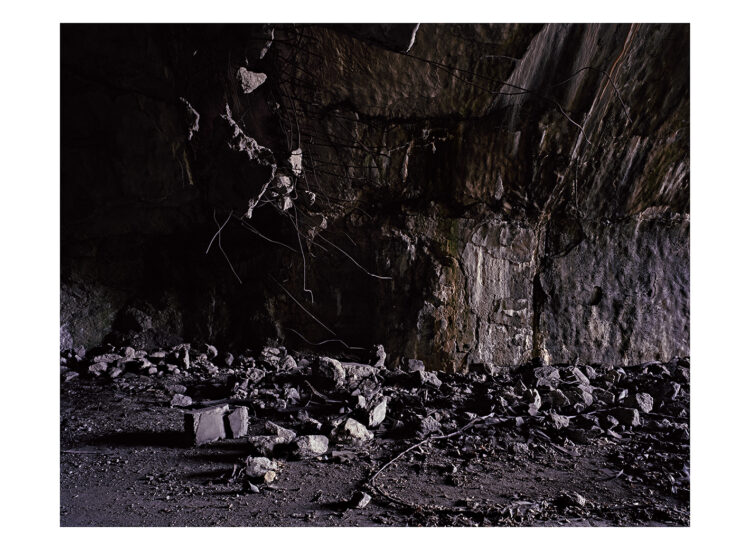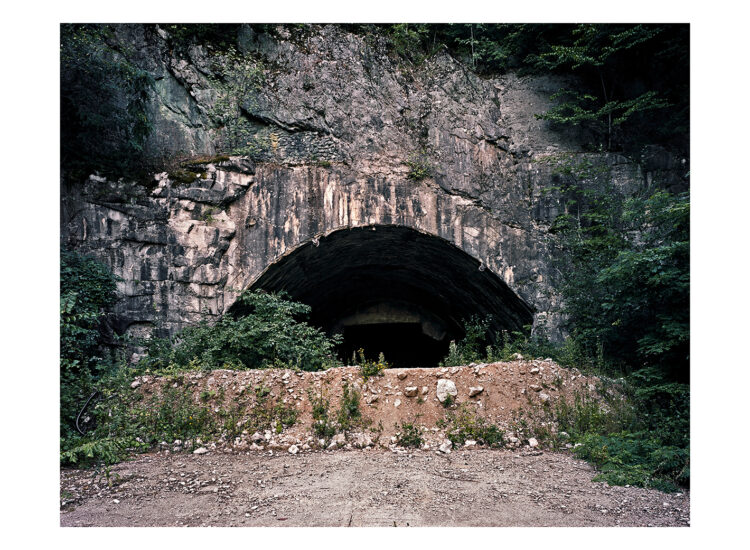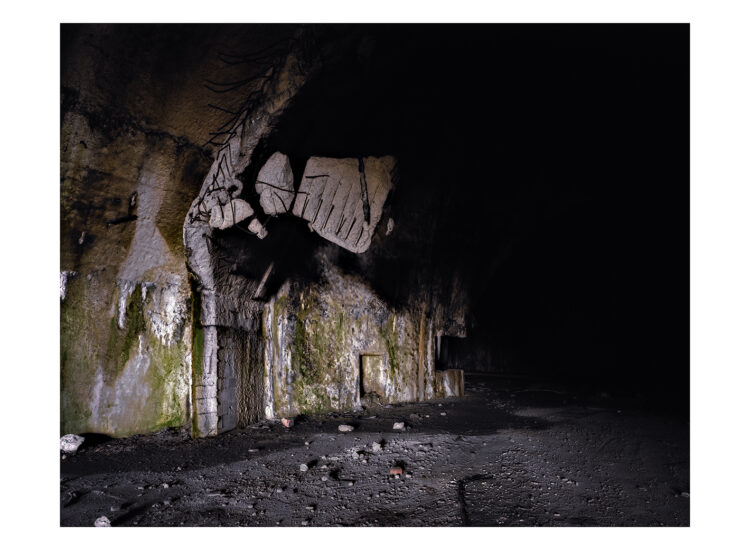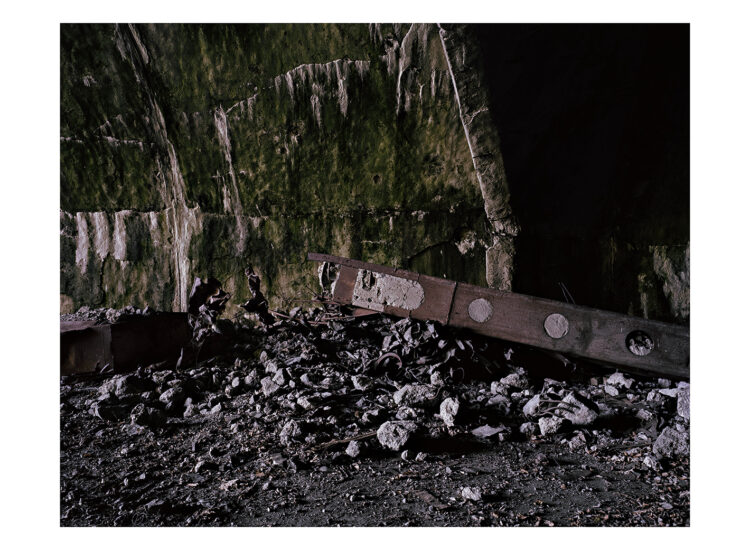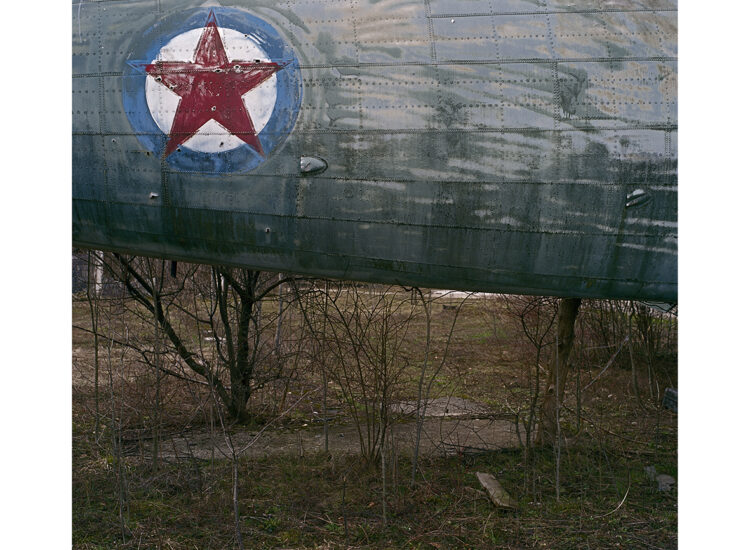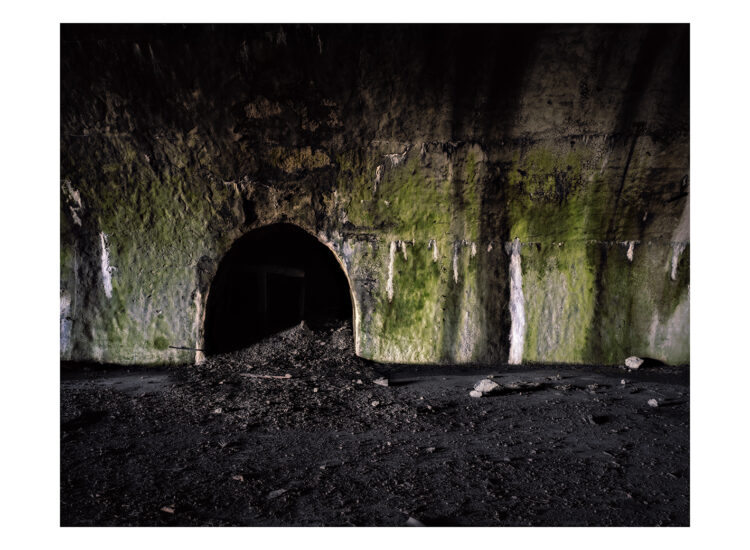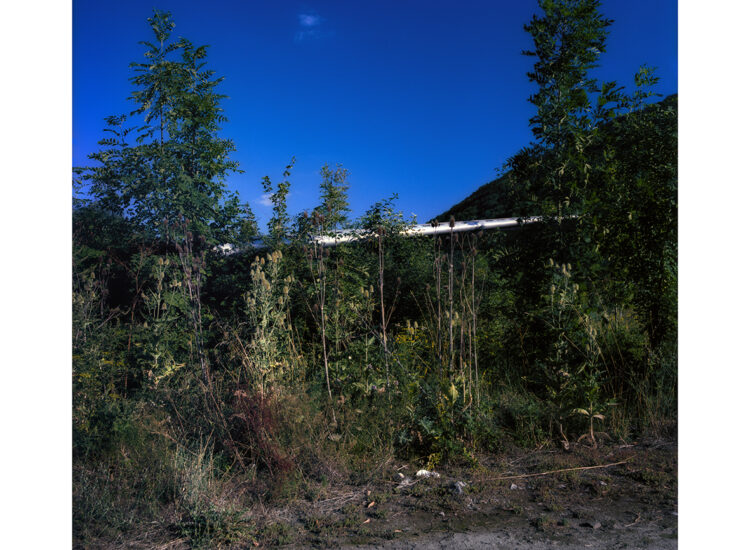Object 505
Object 505, 2012. Photo series, 110 x 130 cm / 110 x 110 cm / 125 x 175 cm.
Object 505 is a series of photographs taken at Object 505 – an underground airbase built in Yugoslavia during the Cold War. In addition to being a photo documentation of a modern military ruin that reminds us of the end of communism in Europe, the series questions our human condition, which involves a constant tension between ambitious aspirations on the one hand and an unpredictable irrationality on the other.
It took 20 years from 1948 to 1968 to construct the underground airbase, which is situated on the border between Bosnia and Herzegovina and Croatia. It was one of the largest and most expensive military construction works in Europe at the time and because of the ubiquitous fear of the Cold War, the internal part of the airbase was built to withstand a direct nuclear hit of 20 kilotons. Its strategic importance at the time was kept under a veil of secrecy, resulting in grand mystification of the general public. During the war in the 1990’s, the airbase was destroyed in order to render the underground complex useless to the ‘enemy’. Today the airbase is abandoned and in ruins heavily contaminated by hazardous and even radioactive matters.
In Čirkinagić’ perspective, the ruins of Object 505 are not only seen as the ruins of a military facility. He says: “Željava is not only a modern military ruin that stands as a reminder of the division of east and west by the Cold War. Nor is it just a symbol of the end of communism in Europe and Yugoslavian aspiration at the time. Object 505 is all that, but under the surface it is something more. It mirrors our human condition, which is subject to constant tension between ambitious aspirations on the one hand and unpredictable irrationality on the other. This collapse of belief characterises us as humans, social beings and members of society. If a rigid institutional structure such as the military suffered an ideological devastation of that magnitude, the effects on the fine and subtle civil beliefs would be even grander. Now only traces of these beliefs can be found in former Yugoslavia. Even though this case may seem isolated, it is the true image of the complexity of human nature. In this photo series the ruins appear more like a corpse of a collapsed giant Cyclops, and through his dead eye, light reaches deep into the hidden corners where human irrationality sleeps”.
